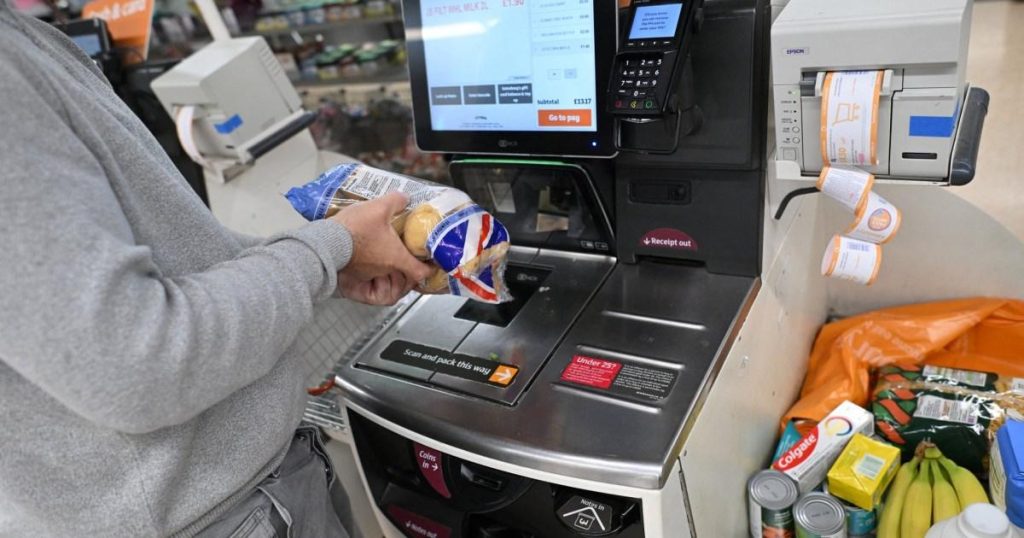The Potential Removal of the £100 Contactless Payment Limit in the UK: A Catalyst for Economic Growth and Enhanced Consumer Flexibility
The Financial Conduct Authority (FCA), the UK’s financial regulatory body, is contemplating a significant shift in consumer spending habits by proposing the removal of the £100 limit on contactless payments. This move is being considered as a potential catalyst for economic growth, offering both businesses and consumers increased flexibility in transactions. The current limit, set by the FCA, restricts the amount that can be spent using contactless technology, requiring consumers to enter their PIN for higher-value purchases. However, the proposed change would empower banks and payment providers to set their own limits, aligning the UK with practices in countries like the United States, where no fixed limit exists.
The rationale behind this proposal stems from the FCA’s ongoing efforts to support economic expansion. By removing the contactless limit, the FCA aims to “level the playing field with digital wallets,” acknowledging the existing discrepancy between contactless card payments and digital wallet services like Apple Pay and Google Pay, which currently operate without predefined limits in the UK. This change would bring greater parity to the payment landscape, enabling consumers to utilize contactless technology for a wider range of transactions, regardless of the payment method chosen. Furthermore, the FCA believes that removing the limit will empower businesses and consumers alike, offering them greater autonomy in managing their finances.
The rising cost of living and the consequent increase in the price of goods and services further underscore the potential benefits of removing the contactless limit. As everyday expenses escalate, the ability to make larger contactless payments becomes increasingly relevant. This would streamline the checkout process, reducing the need for PIN entry and potentially shortening queues. The increasing popularity of contactless payments further strengthens the argument for removing the limit. Data from UK Finance reveals that contactless transactions accounted for a significant portion of all card payments in October 2023, with 65% of credit card transactions and 77% of debit card transactions conducted contactlessly, totaling 1.6 billion transactions. This highlights the growing preference for contactless payments among consumers, suggesting that removing the limit would align with existing consumer behavior and further enhance convenience.
The evolution of contactless payments in the UK has seen a gradual increase in the transaction limit since its introduction in 2007 with a £10 cap. The limit steadily rose over the years, reaching the current £100 threshold in 2021. The proposed removal of the limit would mark a significant departure from this incremental approach, potentially ushering in a new era of unrestricted contactless spending. This shift would align the UK with countries like the United States, where the absence of a fixed limit has facilitated widespread adoption of contactless payments for a broad spectrum of purchases. While some retailers in the UK may choose to impose their own limits, the overall trend suggests a move toward greater flexibility and consumer choice in payment methods.
The FCA’s proposal to remove the contactless limit is part of a broader set of initiatives aimed at fostering economic growth. These include proposals to relax mortgage regulations, making it easier for first-time buyers to enter the property market. Furthermore, the FCA is also considering requiring firms to accept electronic verification of death, streamlining bereavement claims in the insurance sector. These measures collectively aim to stimulate economic activity and improve the efficiency of financial processes.
Industry stakeholders, including UK Finance, are engaging in discussions with the FCA to gain a deeper understanding of the rationale and practical implications of the proposed change. The FCA’s proactive approach to supporting economic growth and enhancing consumer flexibility through the potential removal of the contactless payment limit reflects a commitment to adapting regulations to the evolving needs of the financial landscape. This move could potentially simplify transactions, reduce friction in the payment process, and further solidify the position of contactless payments as the preferred method of payment for many consumers. While the ultimate decision rests with the FCA, the proposal underscores a recognition of the evolving role of technology in shaping consumer behavior and the need for regulations that facilitate innovation and growth.


